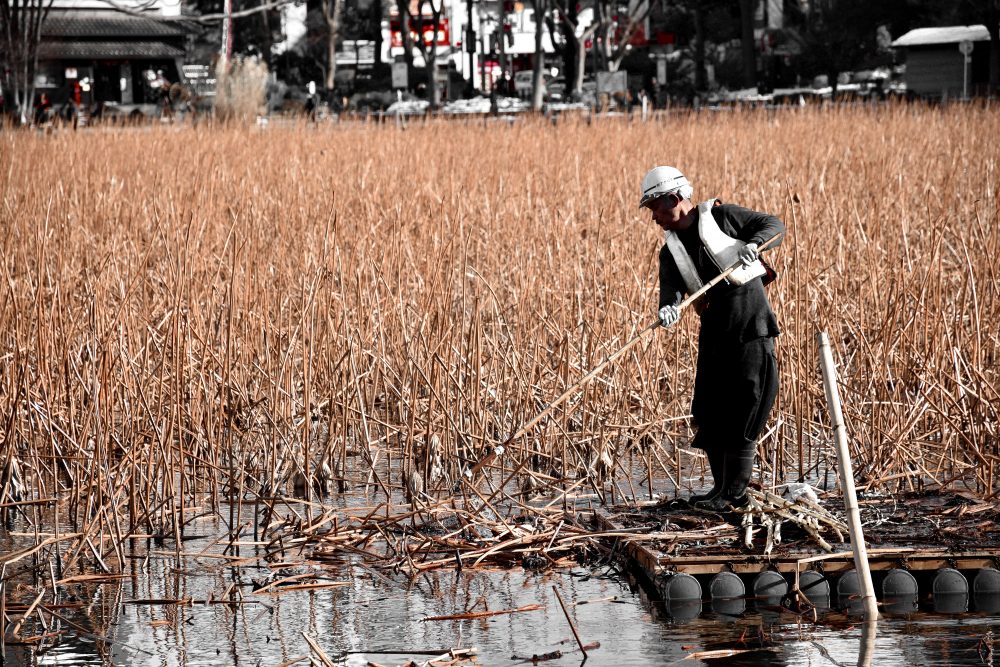
This project evaluates how the land cover will evolve over the next few decades in response to climate change and socioeconomic trends, and explores its implications for public health and food security in sub-Saharan Africa and Southeast Asia.
Land use and land cover (LULC) changes, driven by a combination of rapid urbanization, increasing food production and a changing climate, are shown to degrade air quality, harm crop yields, and further accelerate climate change. Substantial LULC changes are expected for sub-Saharan Africa and Southeast Asia, with ramifications for both public health and food security. It is therefore crucial to better understand how these intricate relationships between the land cover, the atmosphere and socioeconomic changes will evolve in these rapidly developing regions, and formulate alternative land use and agricultural management approaches that may reduce the environmental threats posed to vulnerable populations.
This project will address these pressing issues using a combination of big-data empirical analysis of global datasets and mathematical modeling of key land-atmosphere processes. State-of-the-art supercomputing Earth system models will be used to project how future LCLU changes will influence climate and air quality by year 2050, and the resulting health risks related to exposure to air pollution and malnutrition arising from crop damage will be assessed. Potential benefits of sustainable farming and land use practices will also be examined.
The anticipated outcomes of this project will include not only joint publications but also a set of future projections for air quality and food production under various climate and socioeconomic scenarios. This effort will lead to specific policy and management recommendations for different countries to reduce their vulnerability to climate-induced threats, and provide valuable information for stakeholders to formulate more balanced solutions for food security, public health and economic growth.
Selected outcomes
- Pope, R. J., Arnold, S.R., Chipperfield, M.P., Reddington, C.L. S., Butt, E.W., Keslake, T.D., et al (2019). Substantial increases in Eastern Amazon and Cerrado biomass burning‐sourced tropospheric ozone. Geophysical Research Letters, 46.
- Tai, A.P.K. & Val Martin, M. Impacts of ozone air pollution and temperature extremes on crop yields: Spatial variability, adaptation and implications for future food security. Atmospheric Environment. 169 (2017), pp. 11-21